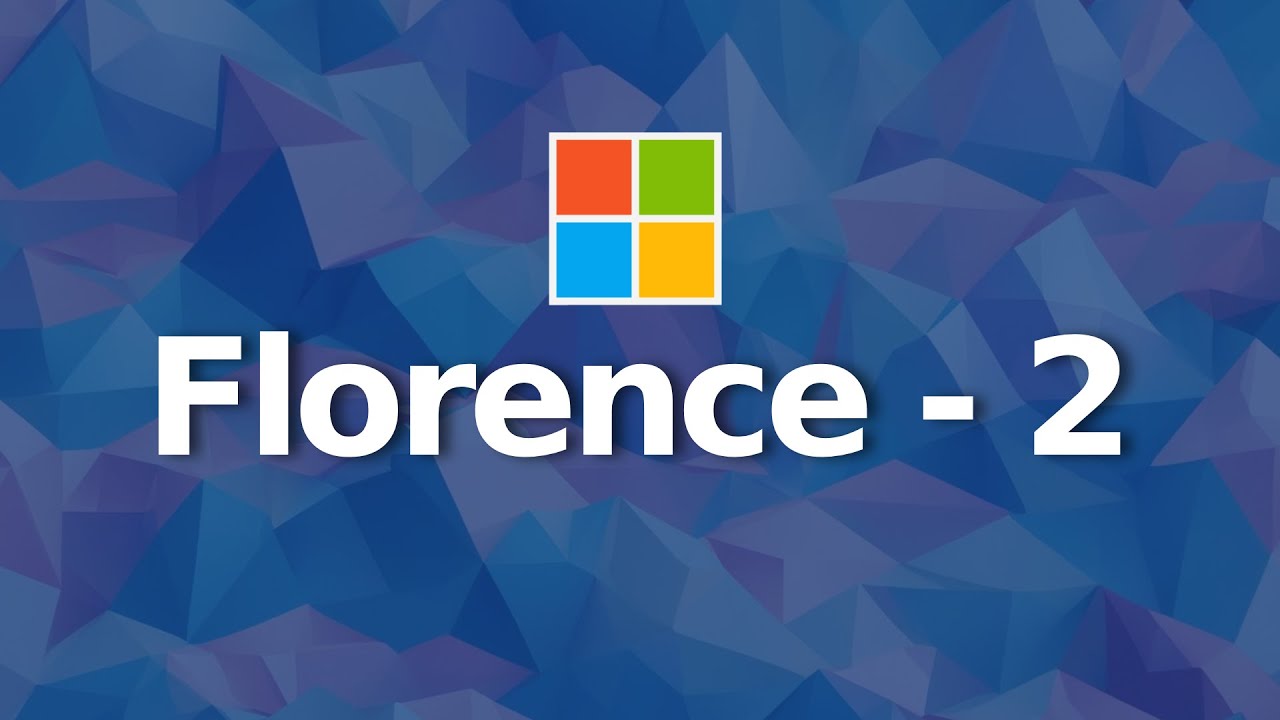The video discusses a new small vision model called Florence 2, presented by Microsoft at the CVPR conference. Florence 2 introduces innovative data labeling techniques and architecture, with a focus on performing various vision tasks efficiently and accurately, making it a promising option for applications requiring detailed image analysis.
In the video titled “Florence 2 - The Best Small VLM Out There?” the speaker discusses a paper presented at CVPR, a major AI conference, by Microsoft called Florence 2. This paper introduces a model and dataset that advance the field of small vision models, with Florence 2 having around 200 million to 700 million parameters, significantly smaller than previous models. The key innovation of Florence 2 lies in its approach to data labeling, where they generated 5.4 billion labels for 126 million images by training the model to predict over 10 different vision tasks including captioning, segmentation, and object detection.
Architecturally, Florence 2 follows the image encoder model similar to models like PaliGemma, where the model processes input images and generates outputs for various tasks through a transformer network. The model can provide detailed captions, perform visual grounding by drawing bounding boxes around objects mentioned in the captions, and generate bounding boxes with descriptions for specific regions in an image. Additionally, Florence 2 can handle open vocabulary object detection, allowing for unique object identification in images, and region-to-segmentation tasks where specific areas are segmented based on user input.
The video demonstrates the capabilities of Florence 2 through a Hugging Face Spaces demo, showcasing tasks like object detection, caption generation, segmentation, and OCR with regions. While the model performs well on tasks like finding objects and generating captions, it may require fine-tuning for specific use cases to improve performance. The speaker also compares Florence 2 to larger models like Claude, noting that smaller models like Florence 2 provide descriptive information about images but lack the in-depth understanding of complex scenes that larger models possess.
The video includes code examples for interacting with Florence 2, highlighting tasks such as OCR, captioning, segmentation, and object detection. The speaker mentions the possibility of fine-tuning Florence 2 for visual question answering and emphasizes the model’s potential for repetitive vision tasks. Overall, the speaker finds Florence 2 to be an interesting model for vision-related tasks, especially for scenarios requiring efficient and accurate image analysis. The video concludes by encouraging viewers to explore Florence 2 and consider fine-tuning it for specific applications to maximize its utility in real-world scenarios.
